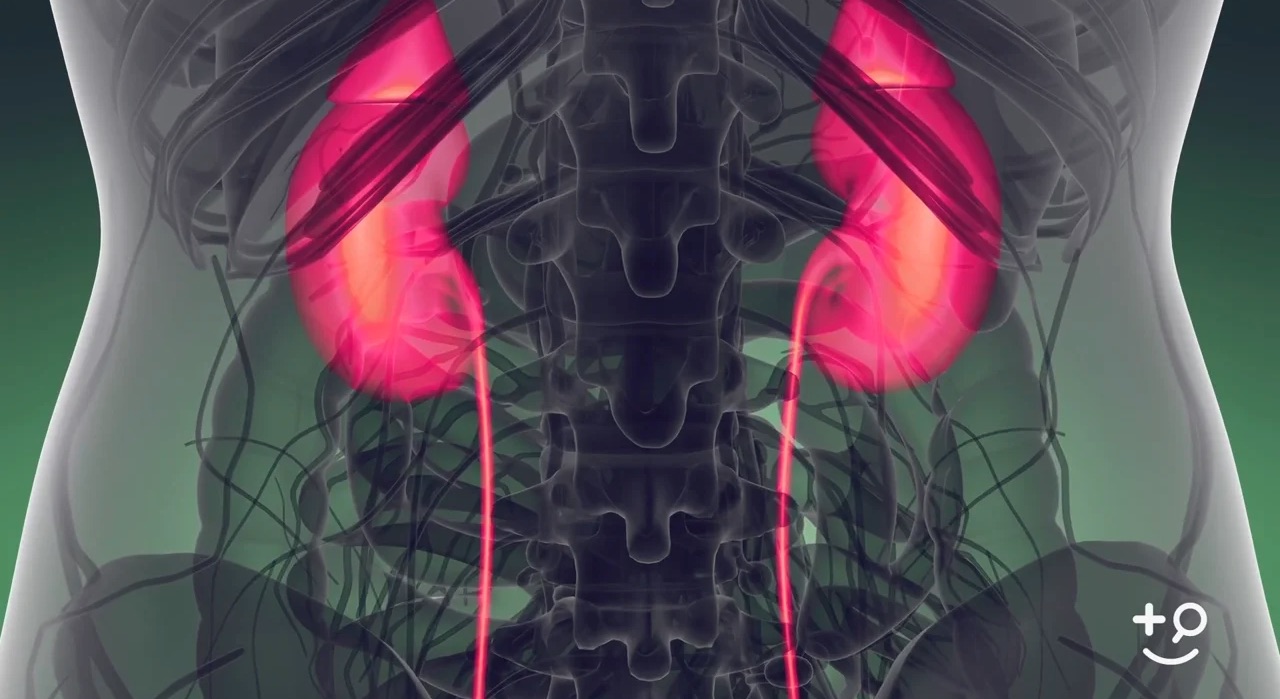Urinary retention (the inability to empty one’s bladder causing an over-distended urinary bladder) can occur in both men and women for a variety of reasons ranging from urethral obstruction to an under-active bladder that cannot generate sufficient pressures. It commonly occurs in the post-operative setting and other risk factors are severe constipation and/or the use of several classes of medications that may interfere with urination (cold medications, allergy medications, decongestants, etc.).
If one has a distended urinary bladder and is unable to urinate, bladder drainage of urine is required. This is performed with an indwelling urethral catheter, a narrow, hollow, flexible tube that is passed into the urinary bladder and secured into position via a small balloon that inflates with water. The catheter is left in the bladder on a temporary basis and connected to leg bag drainage. The drainage bag is simply emptied when it fills up.
Typically, the catheter is left in place for a few days and thereafter removed to give the patient a chance to see if they may resume normal urinating. If normal urinating resumes, end of story. However, if one still cannot urinate, they will need to be evaluated to assess the underlying cause of the problem. Typically, the evaluation involves testing the lower urinary tract anatomy (cystoscopy, ultrasound, etc.) and function (urodynamics). Management choices for the inability to empty the bladder include another indwelling urethral catheter, an indwelling supra-pubic catheter (placed through the lower abdomen into the bladder) or consideration for self-catheterization, in which the patient is taught to pass a catheter several times daily.
Self-catheterization involves teaching the patient to pass a disposable catheter into the urinary bladder at least four times daily in order to empty it. Self-catheterization serves to empty the bladder completely, facilitate the return of bladder tone and contractility, provide an opportunity to urinate spontaneously prior to each catheterization, and enable measuring the voided (urinated) and residual (what remains in the bladder after a voiding attempt) volumes that will be indicative of improvement/resolution of the problem.
Self-Catheterization versus Indwelling Catheter: Pros and Cons
Indwelling Catheter
Pro: It requires minimal patient involvement
Con: It can be annoying and uncomfortable
Con: It can induce bladder spasms causing pressure and urinary leakage
Con: It is a source of bacterial spread from the outside world to the bladder
Con: It requires wearing a catheter and leg bag
Con: It does not allow the patient a chance to try to urinate
Con: It does not allow the bladder to go through the normal storage and emptying cycles
Intermittent Self-Catheterization
Con: It requires a motivated patient and learning a technique
Con: It might cause slight discomfort
Pro: No annoying and uncomfortable indwelling catheter present 24/7
Pro: No bladder spasms, leakage or other catheter side effects
Pro: Minimizes urinary infection potential because no 24/7 bridge from outside world to bladder
Pro: It allows a chance to urinate before placing the catheter, so it will be evident when the urinary retention starts resolving
Pro: It cycles the bladder through normal storage and emptying phases
Intermittent self-catheterization does not require sterile technique, only a clean technique, hence the term clean intermittent self-catheterization, CIC. If the bladder is emptied regularly with clean technique, there is little likelihood of a urinary infection. CIC needs to be done on a regular basis so that the bladder does not have an opportunity to become over-distended, which could hinder the return of normal function.
CIC sounds frightening and seems as if it would be painful; however, it is a technique that is not difficult to learn, can be easily mastered, and is associated with minimal discomfort.
Note that CIC catheters come in different diameters, some are pre-lubricated while others require added lubrication, and while most catheters are straight, there are also special catheters for men with enlarged prostates that have a curvature at the internal tip to help them slide through the prostatic urethra. Catheters are disposable, intended for one-time use.
Female Self-Catheterization: https://healthdoc13.files.wordpress.com/2021/08/female_self-catheterization.png?w=1024″ alt=
BruceBlaus, CC BY-SA 4.0 <https://creativecommons.org/licenses/by-sa/4.0>, via Wikimedia Commons; no changes made
Female CIC
Have catheter and a mirror handy.
Wash hands with soap and water or hand sanitizer.
Remove sterile catheter from packaging and lubricate it with water-soluble lubricant.
In sitting or standing position, continue to spread the lips, exposing the urethra. Locate urethra with your finger with aid of the mirror.
With your dominant hand, grasp the sterile catheter a few inches from its tip and insert into the urethra. Slowly and gently advance the catheter until it reaches the bladder and urine starts to drain and then advance the catheter an additional inch.
Leave the catheter in place until the urine stops draining. Slowly pull the catheter out, stopping whenever more urine begins to drain. Allow the urine to drain completely before removing and discarding the catheter.
Male Self-Catheterization: https://healthdoc13.files.wordpress.com/2021/08/male_self-catheterization.png?w=1024″ alt=
BruceBlaus, CC BY-SA 4.0 <https://creativecommons.org/licenses/by-sa/4.0>, via Wikimedia Commons; no changes made
Male CIC
Wash hands with soap and water or hand sanitizer.
Any position may be used: sitting, standing, reclining or lying down.
Grasp penis with non-dominant hand and clean the urethral opening with warm water and anti-bacterial soap.
Remove sterile catheter from packaging and lubricate it with water-soluble lubricant.
Gently pull the penis up and out with your non-dominant hand, which will straighten out the penis to facilitate the catheter insertion.
With your dominant hand, grasp the sterile catheter a few inches from its tip and insert it into the urethra and gently advance it with constant and steady pressure. When the catheter reaches the prostate, you may experience tighter anatomy, so take some deep breaths, relax, and advance the catheter until it reaches the bladder and begins to drain. Advance the catheter an additional inch and allow the urine to drain into the toilet or collection device.
Leave the catheter in place until the urine stops draining. Slowly pull the catheter out, stopping whenever more urine begins to drain. Allow the urine to drain completely before removing and discarding the catheter.
 Back to Blog Homepage
Back to Blog Homepage
